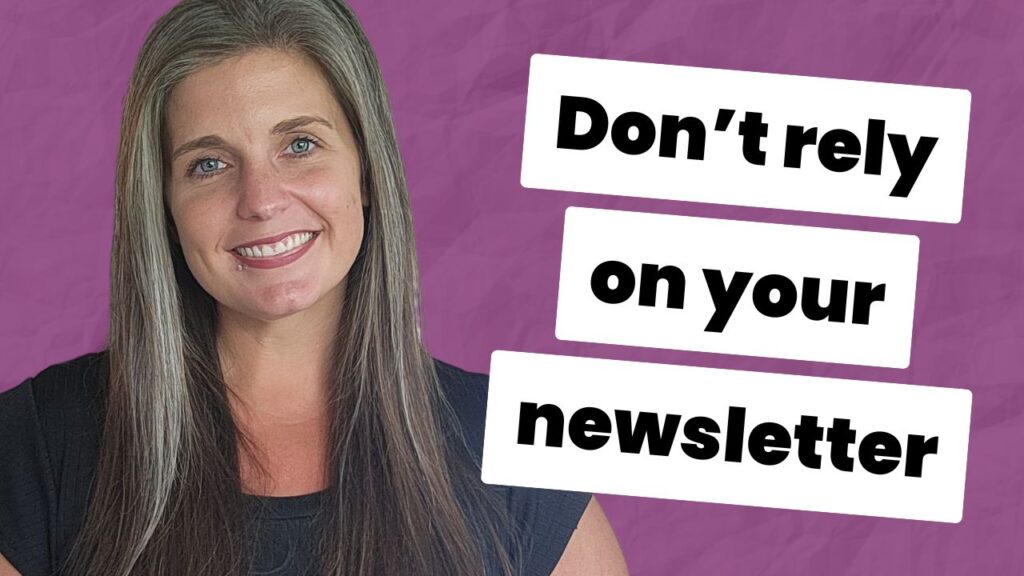Want to get more ideal buyer eyeballs on your sales emails? Test your subject lines!
In this subject line split test, the winning variation brought in 42% more email opens. Meaning, 42% more prospects peeped the sales emails.
And get this: The two variations were nearly identical.
The only difference? One number.
See what was tested and why (we think) it won:
TRANSCRIPT:
I’m back with another split test that proves that one word, or in this case one number, can have a profound impact on your copy’s performance. The subject line I’m about to show you got 42% more opens at a 99% confidence interval, and the only thing that changed was one number.
Before we take a look, hi, I’m Paige. I’m a conversion copywriter, and today’s subject line split test comes from Copyhackers. All right, let’s take a look.
On the screen, you can see the details of this subject line split test.
Variation A: “Red Black Friday Starts Now $200 Off Freelancing School”
Variation B, which was the winner: “Red Black Friday Starts Now $22,000 Off Freelancing School”
Now, both of these are true because the monthly savings were $200 off, while the yearly savings were $2,000. Notice how they don’t specify the interval in which you get the savings, right? They don’t say “$200 per month off” or “$2,000 per year off,” which might make it more intriguing.
As I said, Variation B was the winner and it got 42% more opens at a 99% confidence interval.
So why did Subject Line B perform so much better than Subject Line A?
Well, I came to a lot of the same conclusions as the Copyhackers team.
The first being that people not only want to save money; they want to save a lot of money. So I would have expected the subject line variation with the largest savings to perform better.
Insight number two:
Obviously during Black Friday, a number that stands out above the rest, especially because it’s larger, is likely to capture more attention in the inbox. If you can remember the last Black Friday, at least in my inbox, the savings were rather basic. Anything from 20% off to maybe 50% off, but most of the savings were on the lower end. So if you can imagine an inbox full of 20% off, 35% off, seeing $2,000 off in the inbox would capture my attention. Not only because it’s expressed as a dollar amount instead of a percentage, but because the number is just huge.
Another insight that I had was that $2,000 appears to be in the realm of believability, at least for this audience.
We need to care about believability because if we are making claims that people don’t believe or it’s too far out of the realm of believability, then they’re more likely to tune us out than to pay attention.
So because this split test won, I can sort of hypothesize that the $2,000 savings is either in the realm of believability, meaning people believe it’s possible to save $2,000, or it’s close enough that even though they might be a little skeptical, like “Is this real?” they at least want it to be real enough so that they’ll click through to learn more.
This test goes to show that copy optimization pays off, and you don’t always need to make big, huge, massive changes in order to see better results.
And though, in this case, we did look at an increase in open rates, if you have 42% more opens, it’s logical that you are likely to see more conversions as well because you have so many more eyeballs on your sales emails.
As always, if you’d like help optimizing your marketing emails for higher conversions, we should chat.


